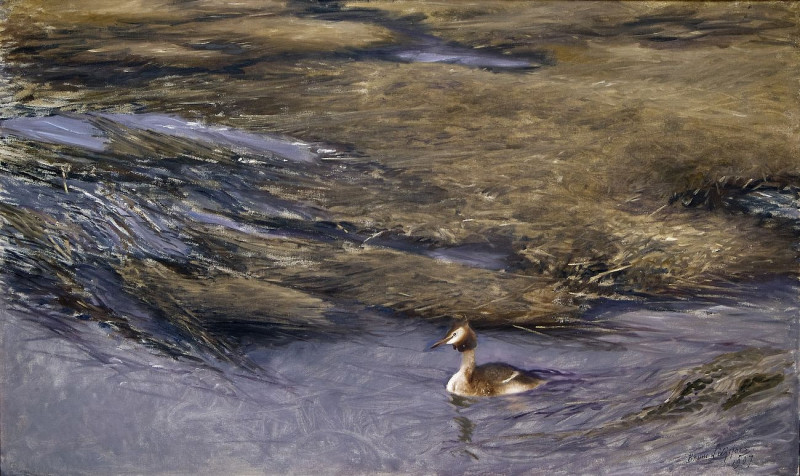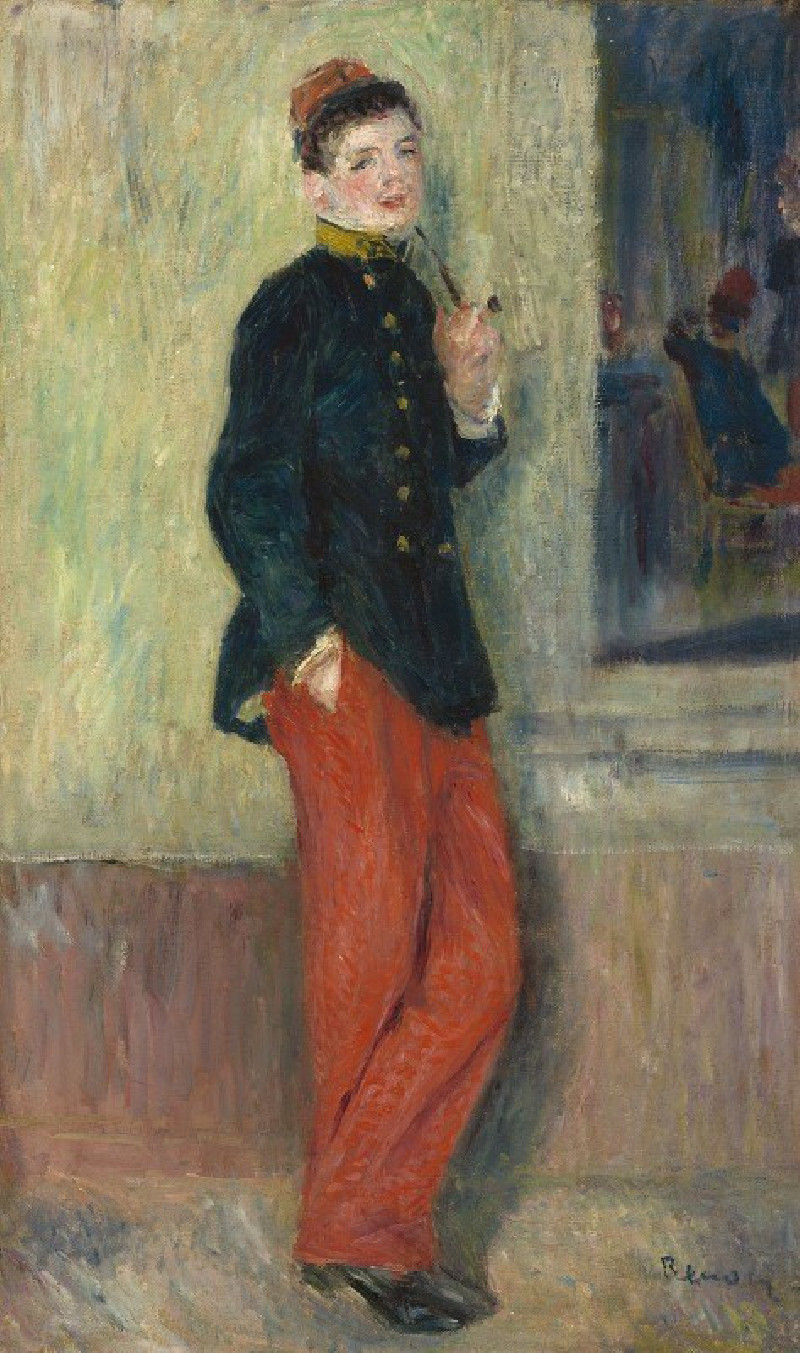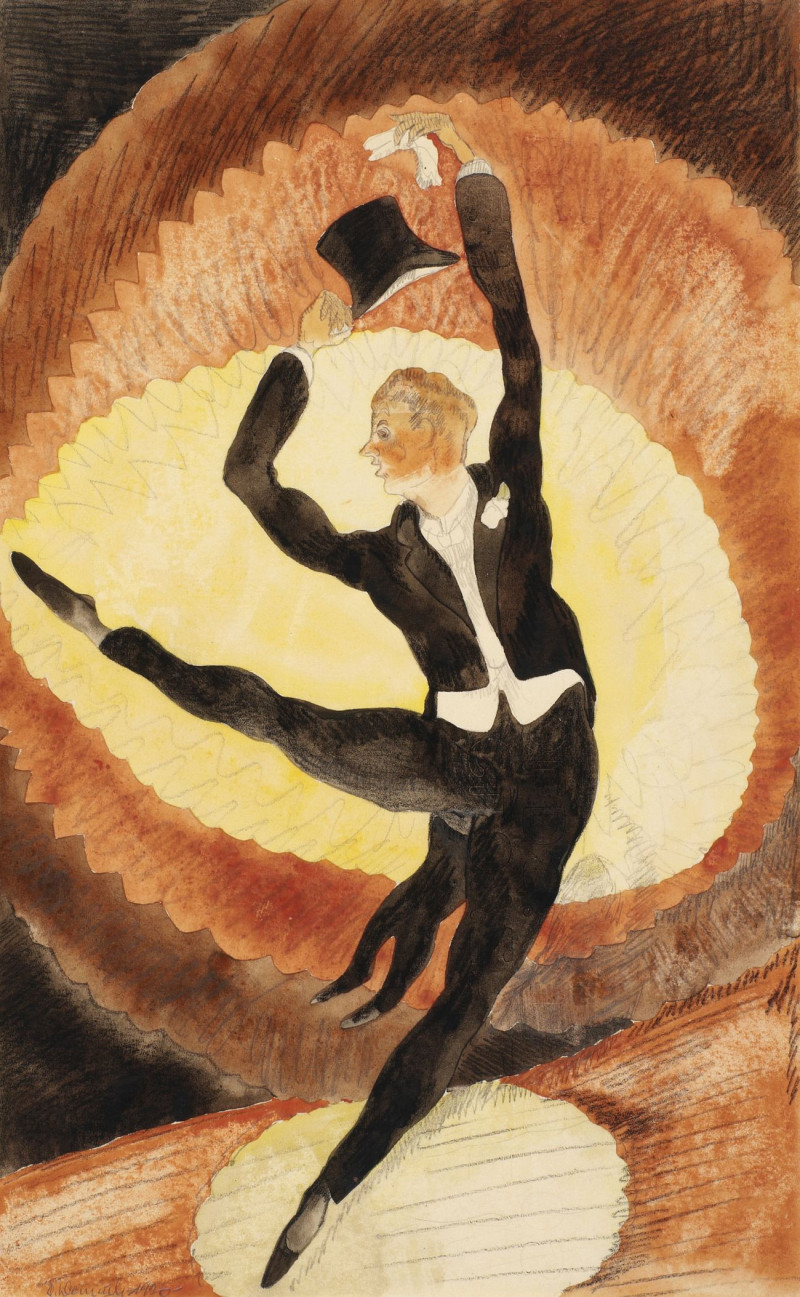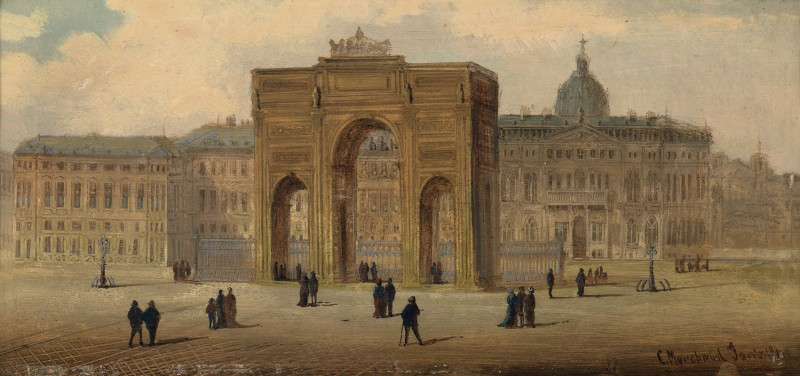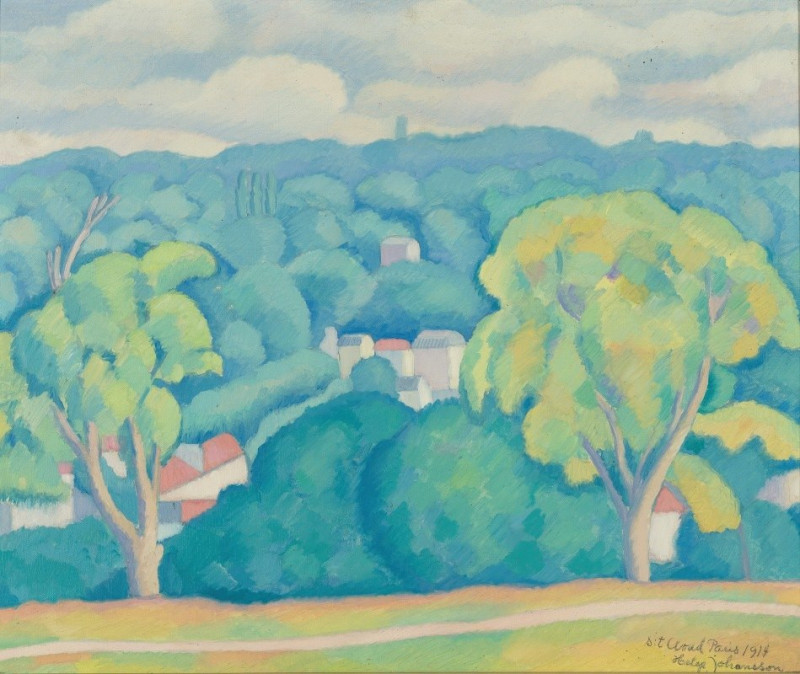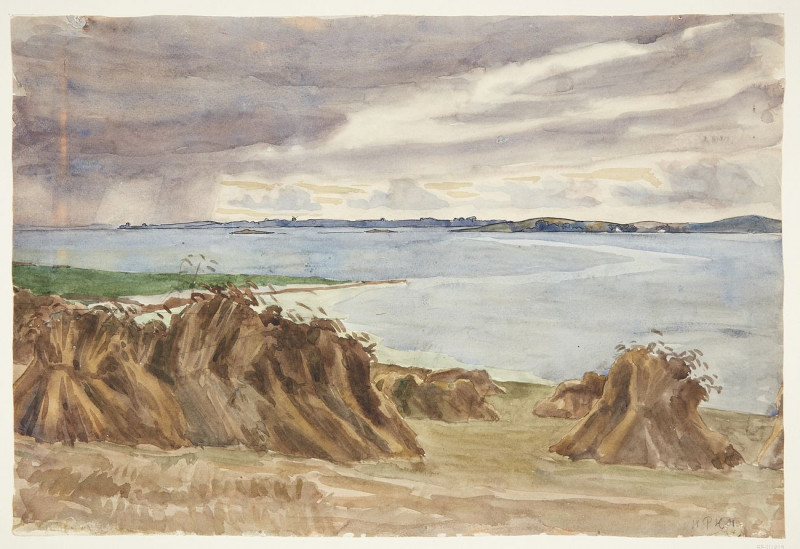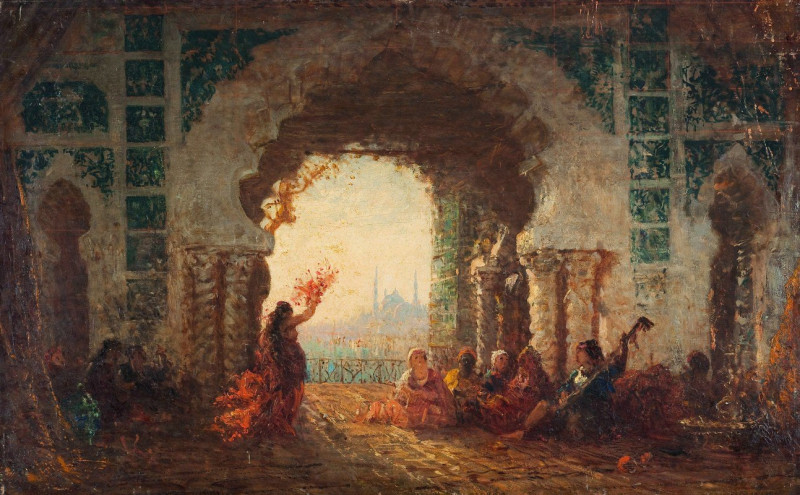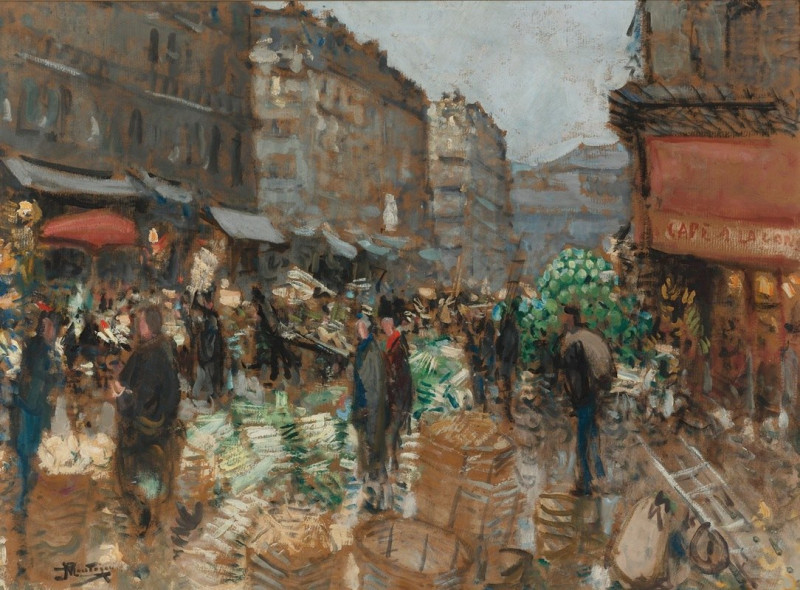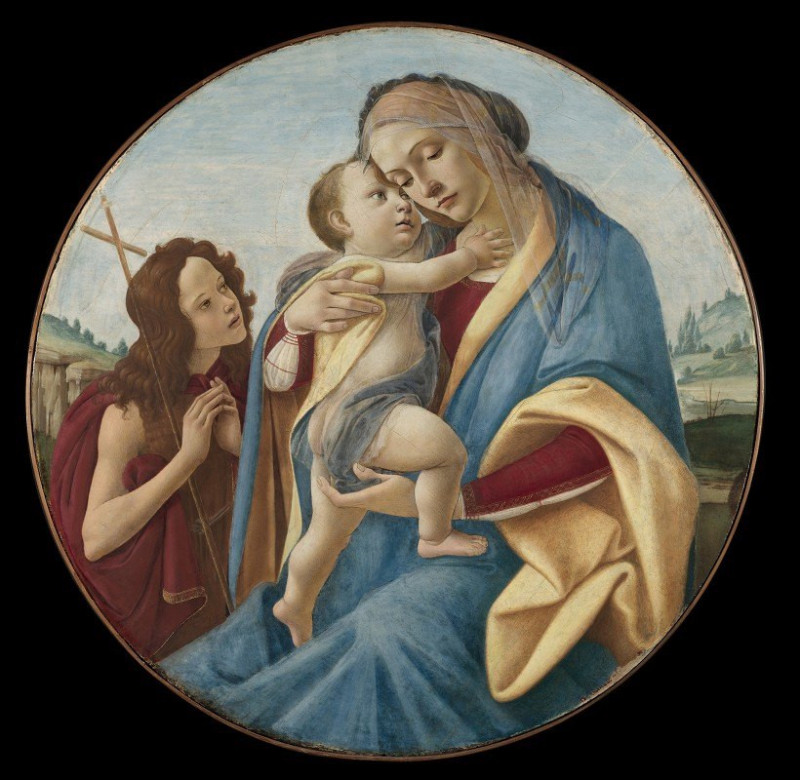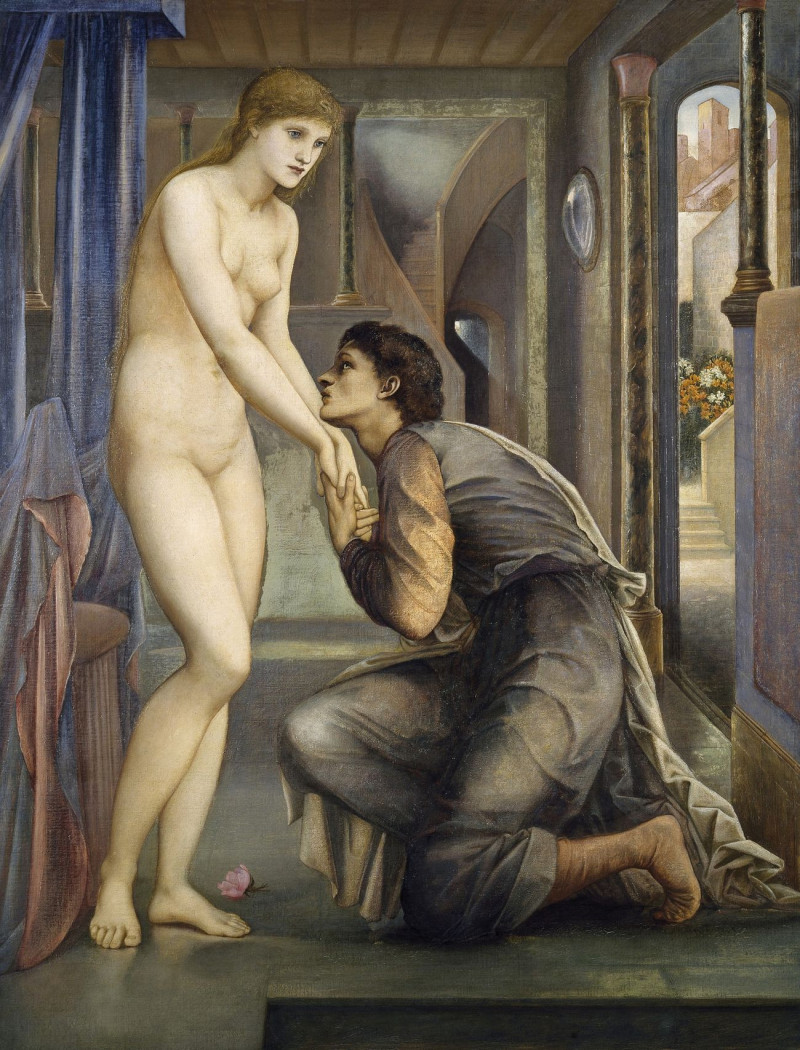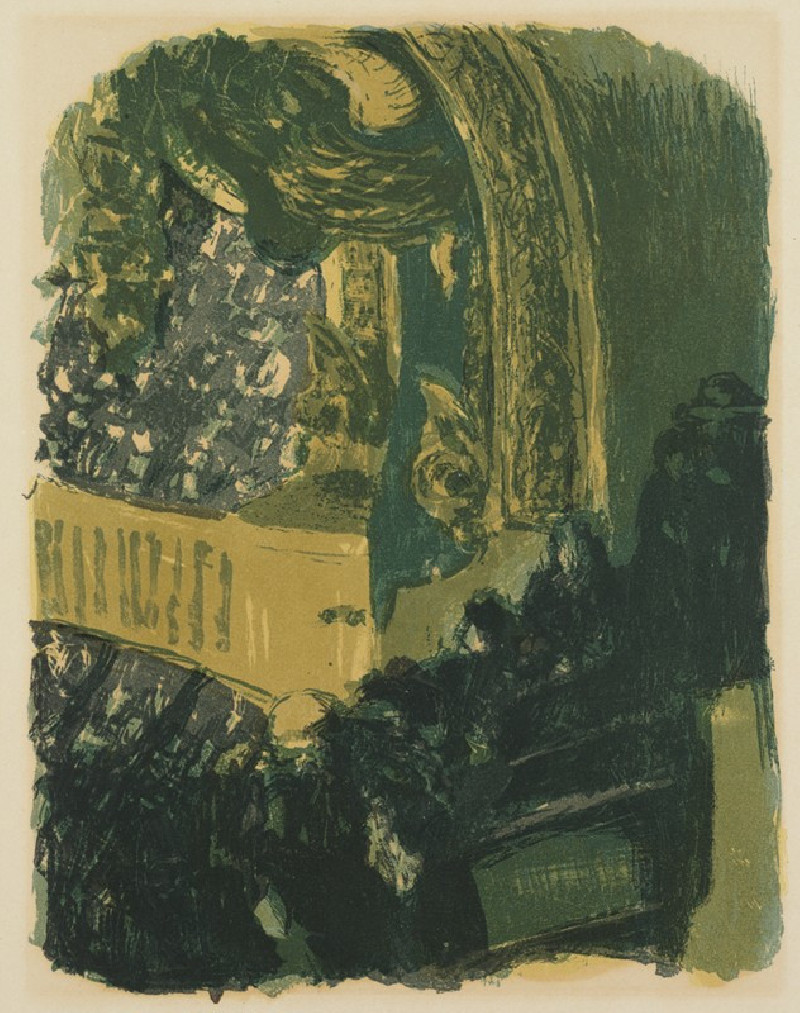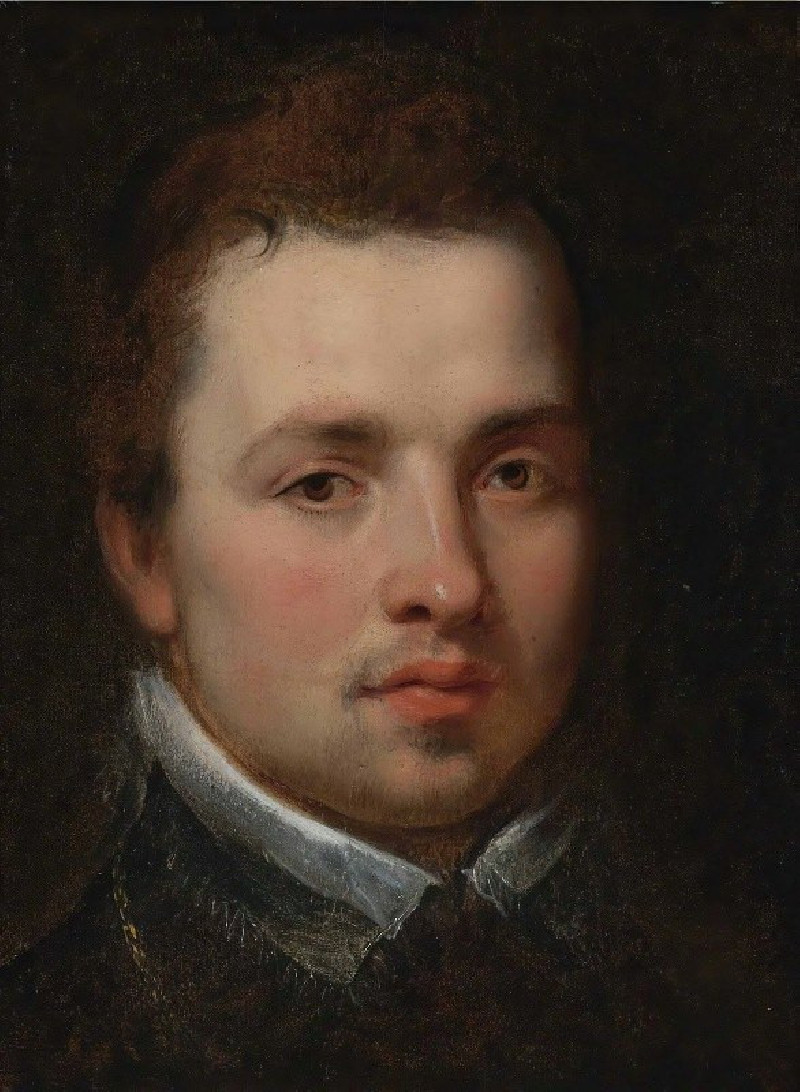Schleppkahn am Elbufer im Hintergrund die Carolabrücke (1909)
Technique: Giclée quality print
Recommended by our customers
More about this artwork
Welcome to an evocative exploration of Ernst Ludwig Kirchner's "Schleppkahn am Elbufer im Hintergrund die Carolabrücke" (Barge on the Elbe river with Carolabrücke in the background), created in 1909. This striking drawing exemplifies Kirchner's bold approach to expressionism, characterized by vibrant colors and dynamic forms.The scene is set along the Elbe River, capturing a moment of everyday life with an artistic twist. The focus of the composition is a large barge, depicted in predominantly dark tones with vivid yellow highlights, that anchors the viewer’s attention. The barge's imposing form contrasts strikingly with its fluid surroundings, emphasizing the interplay between human industry and the natural flow of the river.In the background, the Carolabrücke stretches across the scene with graceful arcs, rendered in subtle blues and greens that meld into the landscape. This blend of architecture and nature is a recurring theme in Kirchner’s work, reflecting both harmony and tension.To the right, a figure in blue, likely a worker associated with the barge, adds a human element to the composition. This individual's presence not only contributes to the narrative of daily labor but also brings a sense of scale and life to the scene.Kirchner’s use of color and form in "Schleppkahn am Elbufer im Hintergrund die Carolabrücke" speaks to his pioneering role in the German Expressionist movement. The artwork’s sketch-like quality and vivid colors evoke a sense of immediacy and emotional resonance, inviting viewers to contemplate the coexistence of human endeavor and the natural environment.
Delivery
Returns
Ernst Ludwig Kirchner (1880–1938) was one of the most important German Expressionist painters. He was a co-founder of Die Brücke, a group of German expressionist artists formed in Dresden in 1905. Die Brücke and Kirchner took inspiration from Vincent Van Gogh and Edvard Munch, as well as African and Oceanic art. They used woodblock printing as a medium to showcase their signature style: flat, unrealistic images with vivid colors. The recurring themes in Kirchner's artworks included exotic cultures, faraway landscapes, self-portraits, dancers and Berlin street life. His paintings and prints effectively portrayed non-European cultures despite the fact that he never traveled outside of Europe.


































